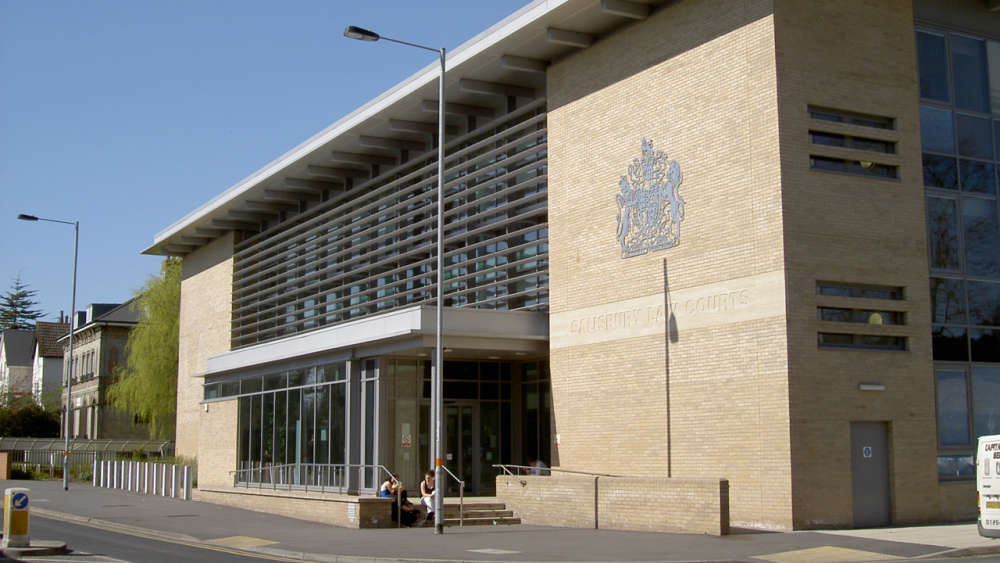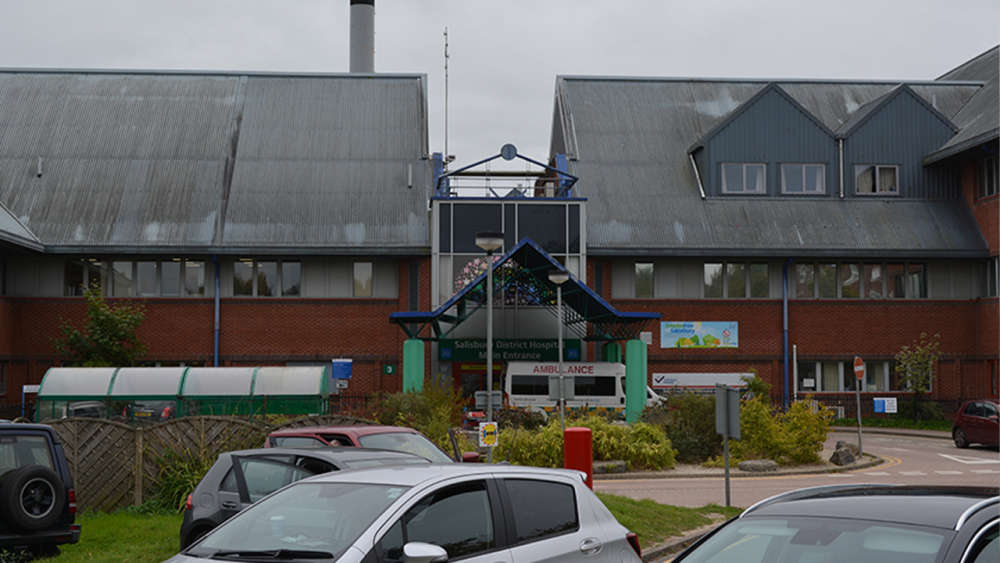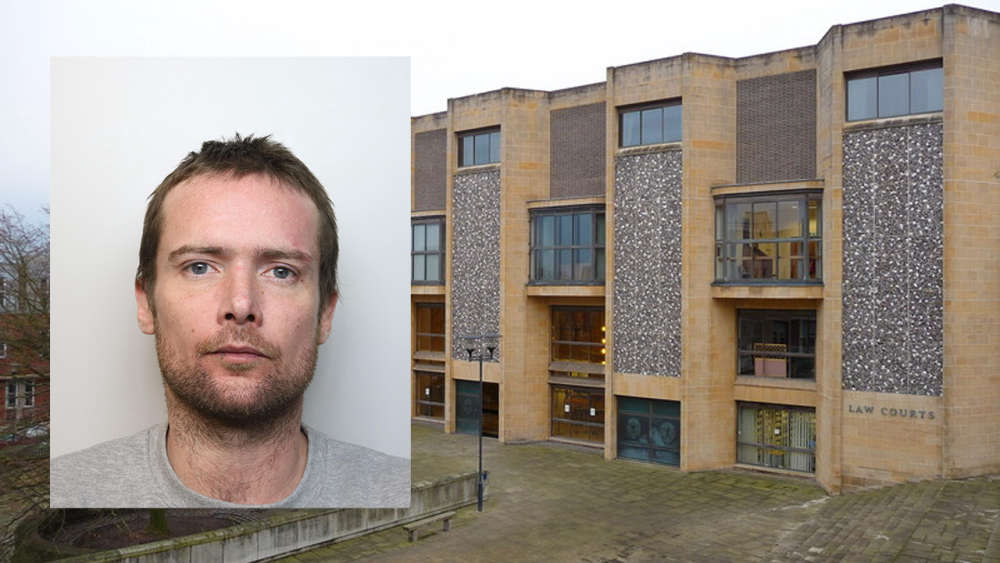New hedging has been planted at a country park in Old Sarum as part of the Queens Green canopy.
Members of the New Sarum Wi and the Parish Environment Action Group were joined by the Parish Chair, Nick Baker and Parish Clerk Trudi Deane of Laverstock & Ford Parish Council to plant 20 metres of hedging at Norman Drive Country Park, Old Sarum, on Tuesday 21st March.
Whips of hazel, blackthorn, crab apple, elder, dog rose, and rowan which once matured, will provide produce that residents can pick, like Sloes, Hazelnuts and Elderflowers, were planted in gaps along the boundary hedge of the country park.
Sue Luther, Group Co-ordinator of New Sarum WI, says, “The WI has a proud history of taking action to protect the environment, and since Her Majesty Queen Elizabeth II had a long association with the WI, we were delighted to be invited by the Parish Council to take part in this event. We look forward to seeing the results in the years to come”.
Parish Council Chair Nick Baker says, “Laverstock and Ford Parish Council is investing in its community spaces and has been actively working in partnership with The Land Trust, Wiltshire Wildlife and The Devenish Bradshaw Trust to ensure that community spaces such as the Laverstock Water Meadows and the Longhedge Community Garden, provide access to nature and wildlife for all residents and visitors to the parish”.
Trees from the Queens Green Canopy Award have already been planted at the Castle Hill Country Park, and we will be planting the remainder at Hartley Green in Bishopdown Farm.
This is a great start for the Parish Environmental Action group, which made the application to be a part of this award and will ensure a lasting legacy of native trees that will add to the green canopy in our growing parish. We also hope that more residents will get involved in the work of the Parish Environmental Action group.“
Hannah Bosence, Countryside and Greenspace Officer (SW) for the Land Trust, comments “Well-placed trees are hugely important. Not only do they look nice and support wildlife, but also help cool the ground. In built-up areas, they have been known to make a difference of 12°C to the grounds surface temperature, which given the heat of last summer, would be very welcome.”

 Man sentenced for breaching Criminal Behaviour Order in Salisbury
Man sentenced for breaching Criminal Behaviour Order in Salisbury
 New Stars Appeal equipment helps 2,000 extra heart patients in first year
New Stars Appeal equipment helps 2,000 extra heart patients in first year
 Salisbury travel to take on Boreham Wood as league survival quest continues
Salisbury travel to take on Boreham Wood as league survival quest continues
 Multiple Pairs of Sunglasses stolen from Amesbury shop
Multiple Pairs of Sunglasses stolen from Amesbury shop
 Salisbury woman to run marathon in honour of dad who survived tumour the size of a rugby ball
Salisbury woman to run marathon in honour of dad who survived tumour the size of a rugby ball
 Salisbury District Hospital tops national survey
Salisbury District Hospital tops national survey
 Man jailed for 28 months following stabbing in Amesbury
Man jailed for 28 months following stabbing in Amesbury
 City Council announces plans for Armed Forces Day
City Council announces plans for Armed Forces Day










